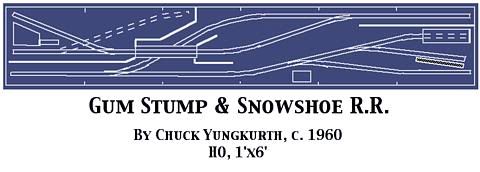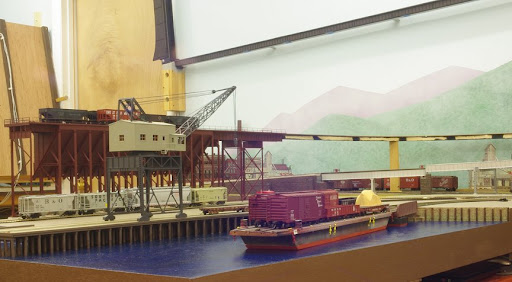“Car Floats”

Start with a big frosted mug, add two scoops of chocolate ice cream, add root beer… uh, wait, wrong kind of float! Railroads were noted for their ingenuity and resourcefulness when it came to ways to transport cars and cargo. A big river or lake in the way? No problem, just use a boat. On a model railroad, ships and railroad barges can add a lot of scenic and operating interest. Plus it provides a marvelous opportunity to introduce traffic onto the layout-- particularly if the layout falls just a smidgeon shy of being another Miniatur Wunderland or Northlandz.
So My Questions For Today Are:
– Do you have any nautical shipping facilities on your layout? Do you use a car ferry or barge to load up trains and ship them to far off destinations? Do you use a car ferry to add operational interest to your layout?
– If so, tell us about your setup. How has it added or enhanced your operations?
– Do you have any pictures of your facilities?
As usual, I’m looking forward to your comments and opinions!
John




